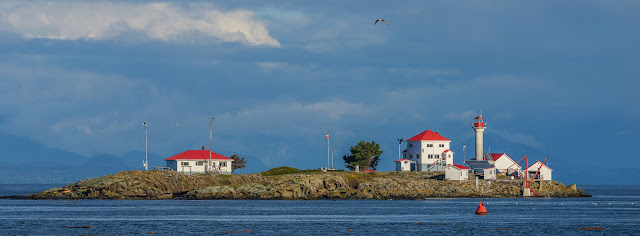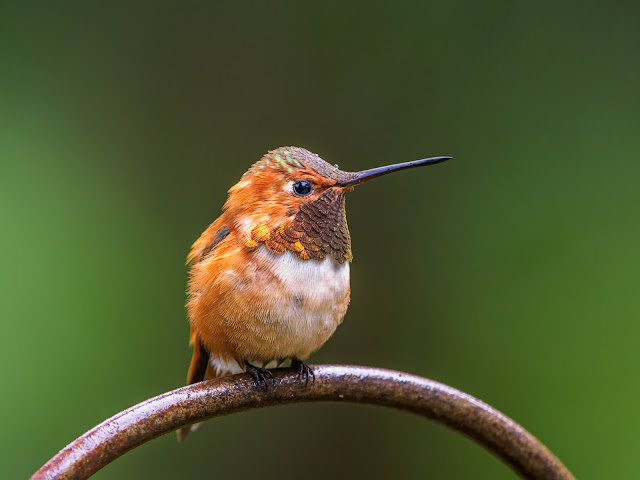There seems to be a lot of misinformation on the web regarding the cause (and cure) for the fractal artifacts that affect some images captured with Fujifilm's X-Trans sensor cameras. The problem stems from the inability of some image processing software, notably products from Adobe such as Lightroom and Photoshop, to correctly interpolate the RAW data due to Fujifilm's use of a non-Bayer colour filter array over the image sensor.
This is an image captured with a Fujifilm X-T3 camera and processed in Lightroom:
 |
| Fujifilm X-T3, XF 10-24mm f4 @ 24mm, 1/210 sec @ f5.6, ISO 160 |
At first glance, the image looks quite nice; sharp, and with lots of rich colour the Fujifilm cameras are noted for. However, on closer inspection, the fine details in the image, such as the pebbles on the beach, look strange and distorted:
 |
| 100% crop of above image |
At the limited upload size, it may be difficult to discern the artifacts, so here is a 200% crop of the same image:
Now the fractal artifacts are clearly visible, with the smooth round pebbles taking on a "wormy"appearance, with jagged edges and strange elongated proportions. A popular "cure" for this issue is the set the Details slider to zero in the Lightroom sharpening panel:
As you can see, changing the details slider does little to correct the artifacts - virtually all it does is blur them a bit to make them a little less noticeable, but this also negatively affects all the other fine details in the image, make the image soft.
So, what is the best solution to this problem for Fujifilm X-Trans photographers? I can't answer what is the "best", but the most obvious solution is to avoid using Adobe software for processing your RAW files, because the artifacts are clearly a manifestation of Adobe's demosaicing algorithm. A popular alternative software is Capture One; below is the same image, processed in Capture One 21.
As you can see, the wormy Adobe artifacts are gone, although as in the examples above, we are still left with interpolation artifacts from enlarging the original image beyond actual size.
Finally, here is the original image, as processed in Capture One 21:

























